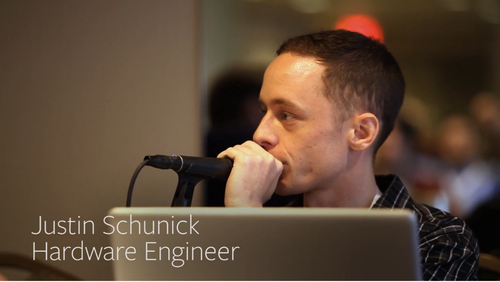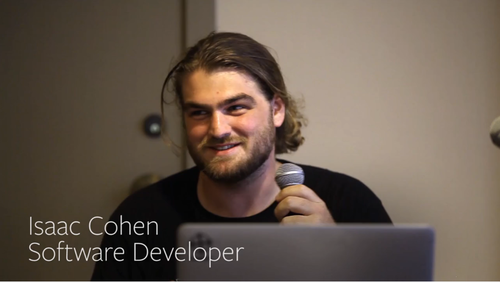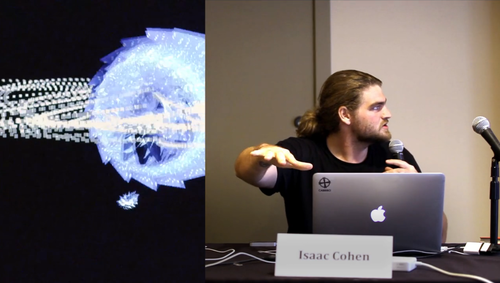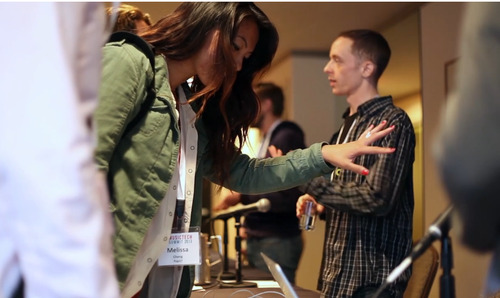Today we held a live Ustream with our co-founders, Michael and David. Hundreds of our community members attended, but many more could not make it. Below the break is a full (lengthy) transcript of the 30-minute conversation.
For quick reference, a summary of the questions David and Michael answered:
1. You have 600,000 devices sitting around. Are you dumping these or is this a software issue?
2. How about giving people an option? Magic = wait until July, non-magic = send it sooner.
3. How do I become a beta tester?
4. How much does HP or ASUS affect this decision?
5. How will you address market traction loss from this delay, Kinect 2 and others that are coming soon?
6. You’ve already changed your dates before, how do you know you won’t delay again?
7. I still want to see an official video showing off Windows 8 support.
8. Why won’t you let developers purchase a device now and access the SDK?
9. But even a long beta test won’t bring you a 100% product. Just release it for Kickstarter and skip the stores and the public. (note, we are not a Kickstarter)
10. What will happen next year after you go in to HP? Will you go into mobile next?
11. Do you have a date for releasing the beta test for developers? More details please.
12. Can you please allow access to cloud points in SDK?
13. Would it be better to order from Amazon UK or Leap directly?
14. As a customer not a developer, how can I be part of the beta testing? You said a small number of people would be able to.
15. How many apps do you predict will be available at the time of the new launch date?
16. Are you planning on building a bluetooth device at a later date?
17. Will it work with a multiple monitor setup?
18. How are you going to reward early pre-order customers?
19. Is the delay coming from pressure from HP or other partners?
20. Why did you wait so long to tell us about the delay?
21. How does this impact the big deals with Best Buy and HP?







